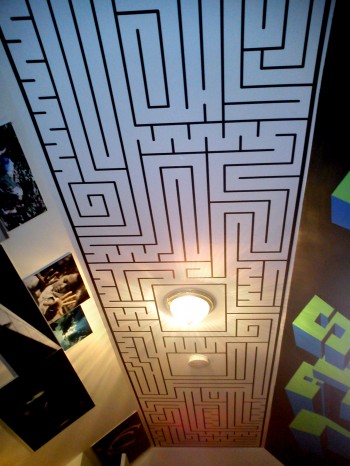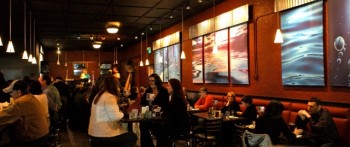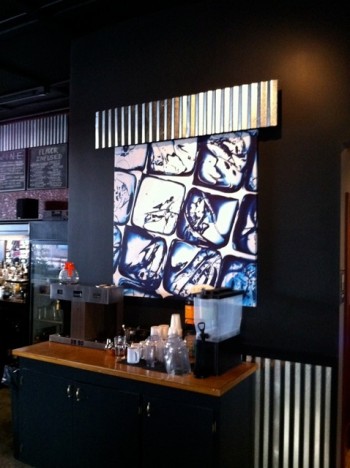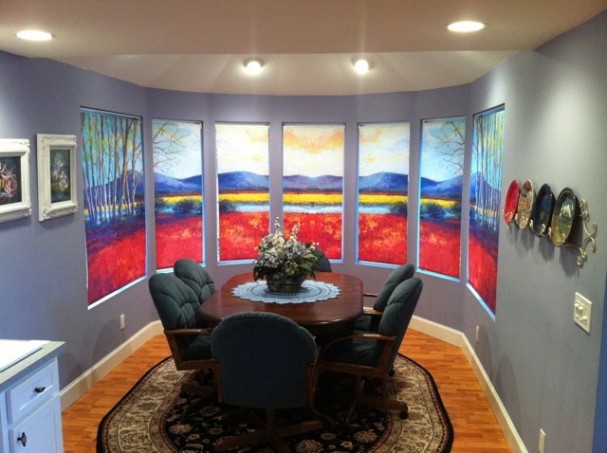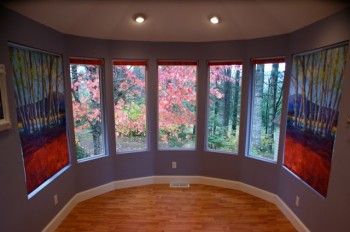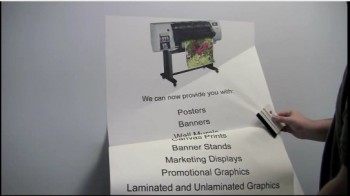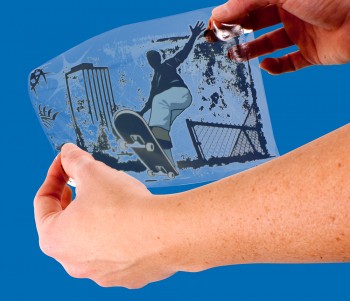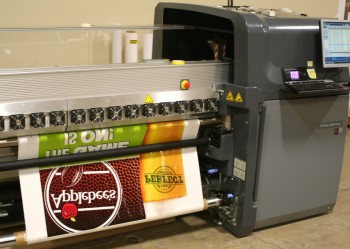Cottrell Printing Company in Centennial, Colo., does just about every type of printing imaginable, from catalogs and brochures in its spacious commercial department to a variety of large format graphics on its HP Designjet L25500 60-inch latex printer the company picked up from LexJet last year.
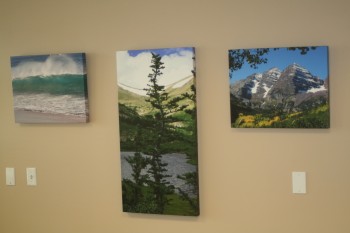 Cottrell Printing CEO Rick Hillbrand is a big proponent of not only telling clients and potential clients what they can do, but showing it, as noted in an earlier post here at the LexJet Blog about the company’s 40th anniversary open house.
Cottrell Printing CEO Rick Hillbrand is a big proponent of not only telling clients and potential clients what they can do, but showing it, as noted in an earlier post here at the LexJet Blog about the company’s 40th anniversary open house.
One of the products Hillbrand believes has potential in the market as they roll out the capabilities of the HP latex printer is the canvas gallery wrap.
Canvas gallery wraps were once the reserve of high-end galleries and art shows. With advances in printer technology and easier ways to build a gallery wrap, however, they’ve become more popular with individual consumers, corporations and others looking to bring a touch of style to their environment, be it an office, a home or any business space.
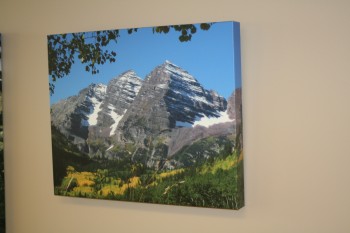 Using LexJet’s Sunset HD Pro Stretcher Bars and HP Satin Canvas, Hillbrand has decorated much of Cottrell Printing’s office space with canvas wrap renditions that highlight the company’s history as well as some Hillbrand’s own Rocky Mountain high country photography.
Using LexJet’s Sunset HD Pro Stretcher Bars and HP Satin Canvas, Hillbrand has decorated much of Cottrell Printing’s office space with canvas wrap renditions that highlight the company’s history as well as some Hillbrand’s own Rocky Mountain high country photography.
“The Sunset Stretcher Bars were very easy to use and took just minutes to put together and stretch the canvas,” says Hillbrand. “We’d like to sell more of this product, so the first step is making sure it’s visible in our lobby and around the office. We just had a decent order of 12 gallery wraps for a client who’s placing photos of their product in their office lobbies across Colorado.”
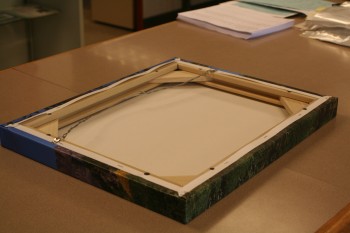 Hillbrand says he’s been impressed with the quality of the images produced by the HP latex printer and how well it reproduces photography and artwork. Though Hillbrand has been promoting the fact that the printer has less environmental impact, he says the output is getting more attention.
Hillbrand says he’s been impressed with the quality of the images produced by the HP latex printer and how well it reproduces photography and artwork. Though Hillbrand has been promoting the fact that the printer has less environmental impact, he says the output is getting more attention.
“The output quality allows us to do a wider variety of work, including the canvas wraps, than we initially thought we would be able to produce,” adds Hillbrand.

